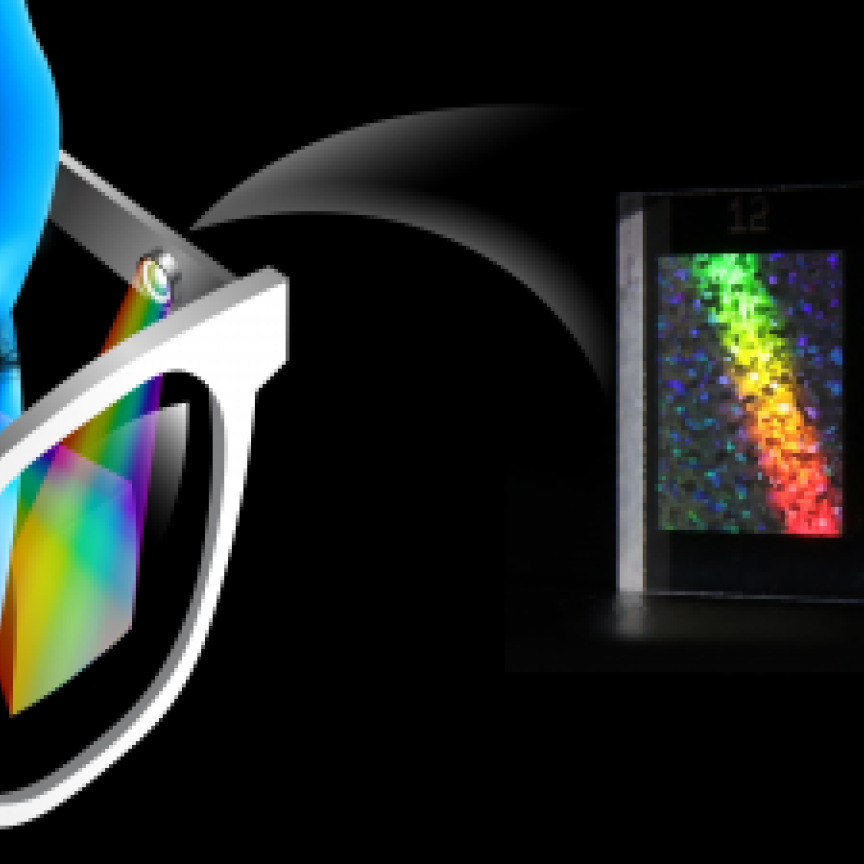Scientists from Florida International University have developed a handheld optical scanner that has the potential to offer breast cancer imaging in real time. Apart from providing a less invasive testing method, the device can also image deeper into tissue than existing techniques.
The results were reported in October’s issue of Biomedical Physics & Engineering Express.
The device uses a near-infrared laser diode source to produce an image of the breast tissues. It builds an image by mapping the optical absorption, which alters depending on the type of biological tissue. Something that does not absorb light in the NIR, such as water, will have a low level of absorption, whereas biological components such as melanin, and the two main constituents of blood – oxy and deoxyhaemoglobin – will have a strong level of absorption.
The optical analysis offers several benefits over mammography, with no ionising radiation dose and fewer issues imaging dense tissues.
The device has also been demonstrated to be more adaptable to breast shape and density, making it more comfortable for patients. In addition, it allows imaging of the chest wall regions, which are harder to image with conventional techniques.
‘The women scanned always commented on how comfortable it was to be scanned by our device – many of them said that they didn’t feel anything,’ said Sarah Erickson-Bhatt, an author of the paper.
‘Eventually, we hope that physicians will be able to use this for real-time imaging of breast tissues as part of regular visits by the patients,’ added Anu Godavarty, also an author of the paper. ‘We’re currently working on the mathematical tools required to process the images and produce 3D tomographic images, in order to determine tumour size and depth.’
The researchers’ on-going efforts involve extensive clinical work to demonstrate the capability of the device to pre-screen for any breast abnormality, which will be followed by seeking FDA approvals prior to clinical use.
Related stories
Further information

